This post may contain affiliate links. Please read our disclosure policy.
Eye of the Round Roast is an easy, affordable family meal option – but you have to cook it properly. We show you how!
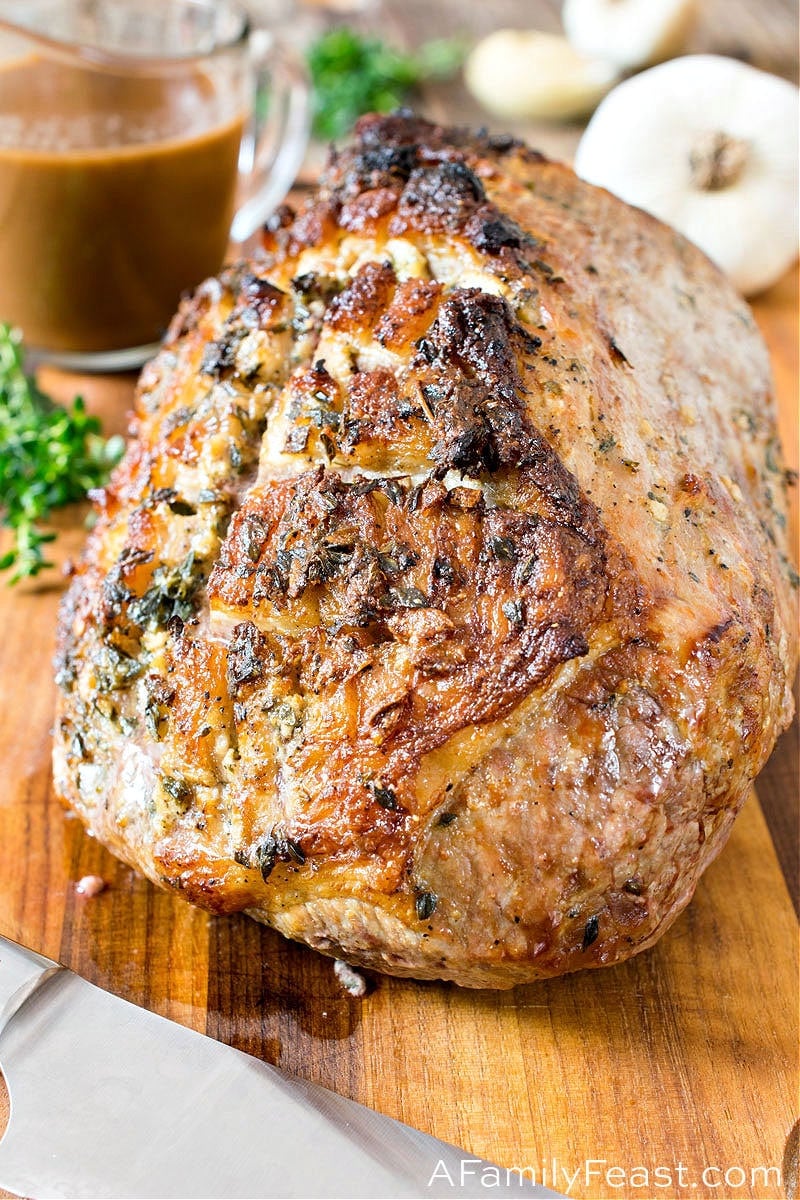
When you’re sticking to a budget, but still need to feed a hungry crowd, an Eye of the Round Roast is a delicious option.
What is Eye of the Round?
Eye of the Round is a cut of beef that comes from the hind end of the steer – along with bottom of the round, and top of the round cuts. These three cuts of beef are inexpensive and very flavorful – but they are basically ‘muscle’ meat and lack marblelization. So – if they aren’t cooked properly – they can come out tough and chewy.
Out of those three cuts of beef, the Eye of the Round is the least expensive – and you often see it cut up into chunks by the butcher, then sold as stew meat. But, you can also find Eye of the Round sold as very affordable roasts – and we specifically chose a roast with the fat cap still attached to the beef.
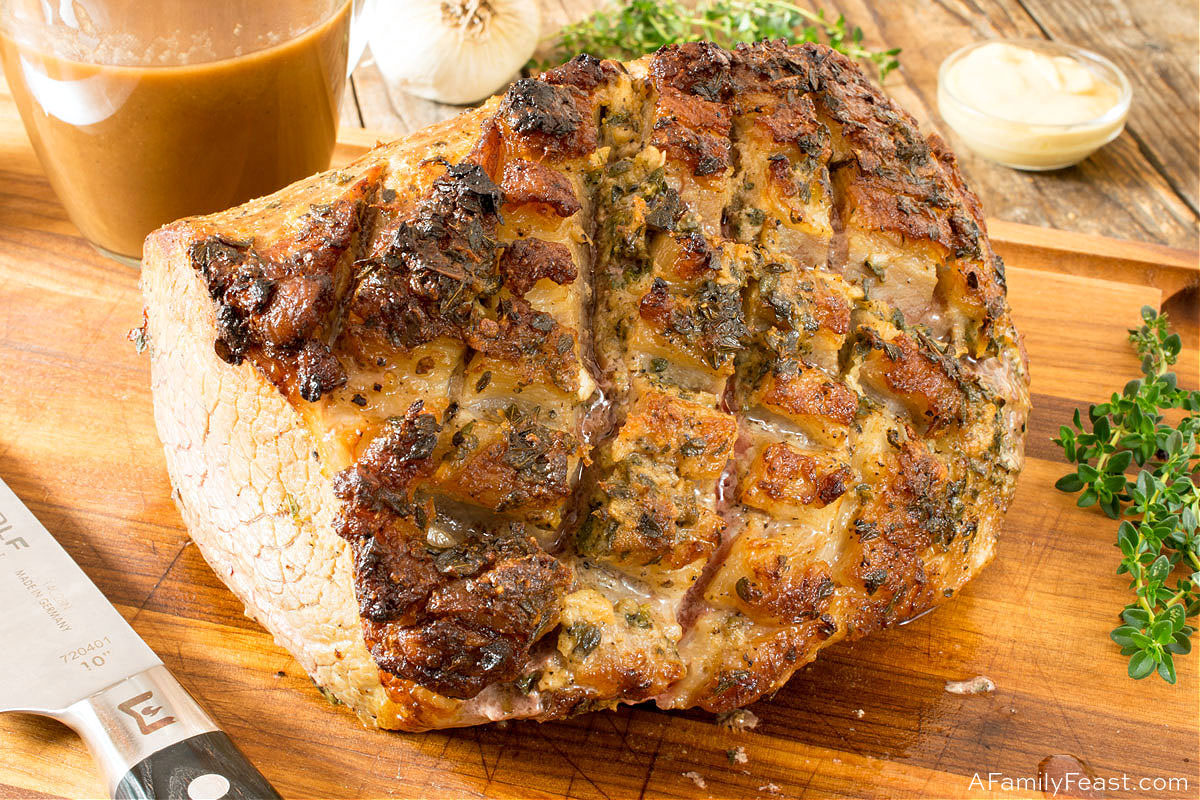
Make a tender, juicy Eye of the Round Roast.
A tough piece of meat like an Eye of the Round needs a low and slow cooking process to yield a tender, juicy roast. And, similar to our very popular Top of the Round recipe, we used the pre-salt method to prepare the roast.
What is the pre-salt method?
The pre-salting method is essentially applying a dry rub of salt, herbs and spices to a roast before cooking. We cut cross-hatches in the fat cap, then coated our Eye of the Round Roast in salt, freshly cracked black pepper, fresh garlic and thyme, Dijon mustard, and a small amount of extra virgin olive oil.
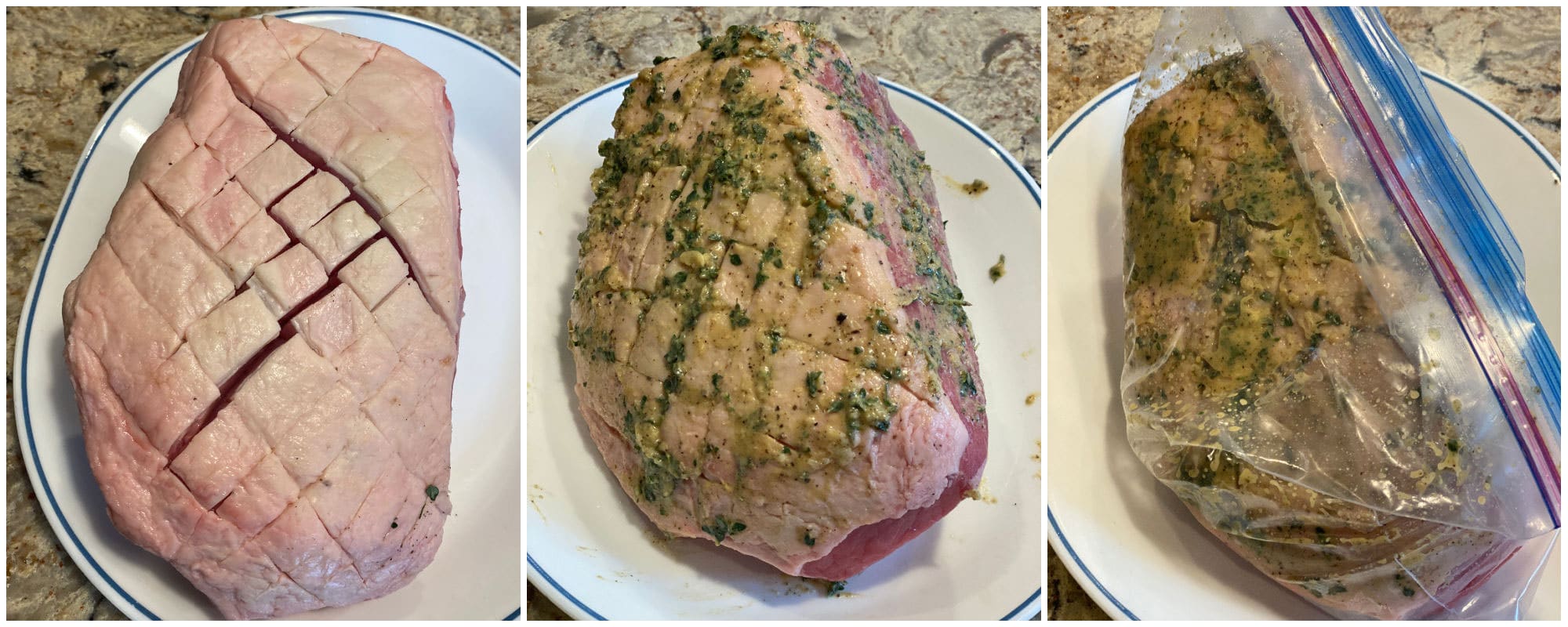
But – you have to allow the roast to sit, wrapped in plastic or a plastic bag, for a period of time before roasting. For a 4-pound eye of the round like ours, you’ll want the roast to sit for at least six hours and as long as twenty four hours before cooking.
Why do it?
The salt in the rub will initially draw liquid out of the meat. But then, after a time, all of the liquid goes back into the meat – bringing the salt, herbs, and spices with it. The salt helps break down the tough sinews of the muscular meat (making it more tender), and the seasonings also add great flavor to the roast as it cooks.
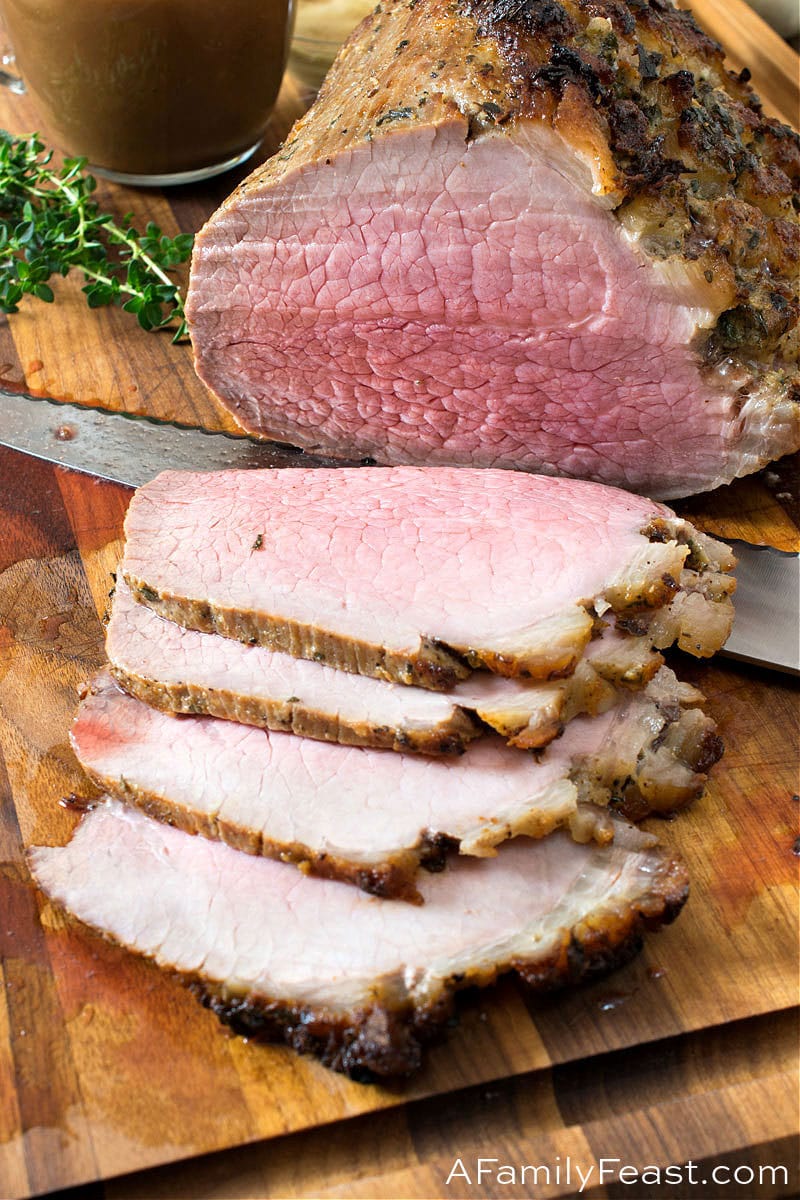
High heat, then low and slow.
After the pre-salting, allow your roast to sit at room temperature for about half an hour before you begin to cook. (This will ensure even cooking.) Preheat your oven to 500 degrees F.
Line a small sheet pan with foil (for easy cleanup), then center a rack in the middle of the pan. Place the roast on the rack, and brush with some more olive oil.
Roast your Eye of the Round in the very hot oven for 25 to 30 minutes (the outside should be browned and slightly crispy at this point), then briefly remove the roast from the oven and insert a probe thermometer in the center of the roast.
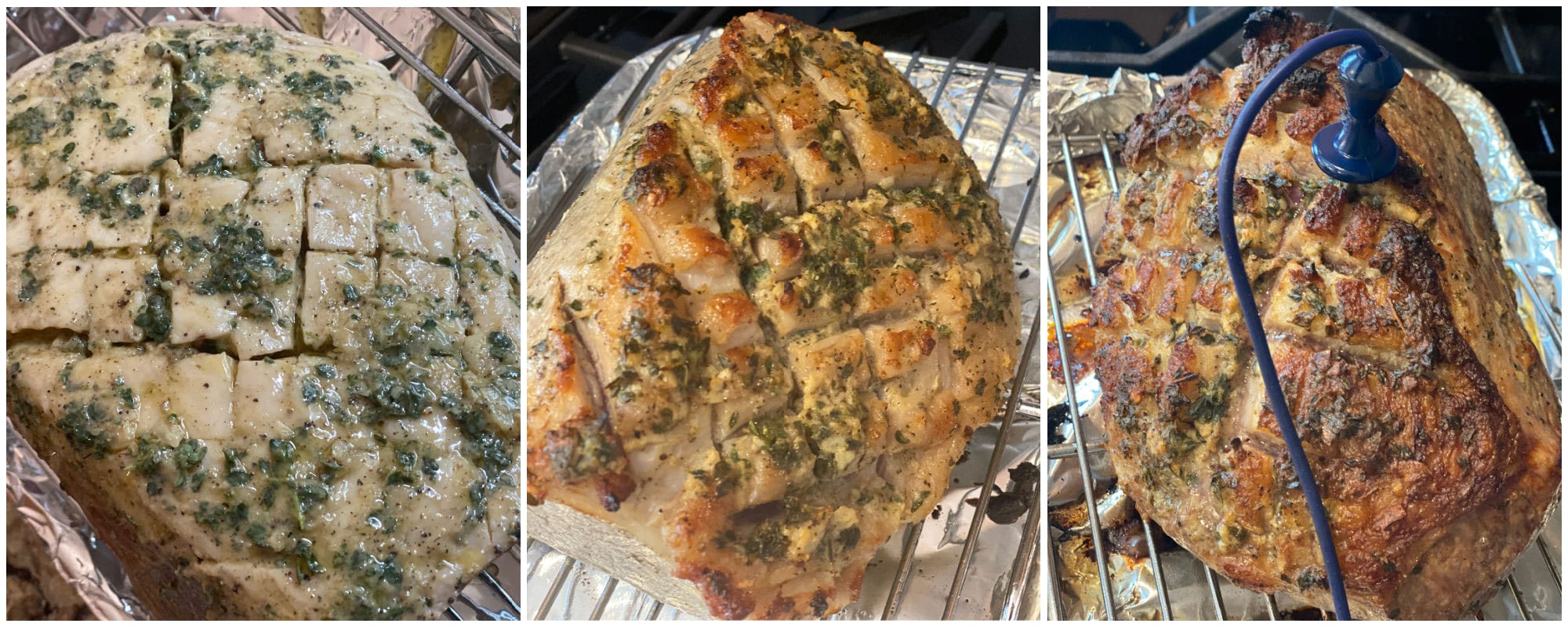
Lower the heat in the oven to 225 degrees F, then place the roast back in the oven. (This low and slow roasting process, along with the pre-salting, is another step that helps transform the tougher cut of beef into a tender roast.)
Bake until the probe thermometer alarms at an internal temperature of 120 degrees for a medium rare roast. (See our Notes at the bottom of the recipe card for an internal temperature guide to doneness.)
Once the roast comes out of the oven, allow it to rest for 15-20 minutes before slicing so that the juices have a chance to redistribute back throughout the meat.
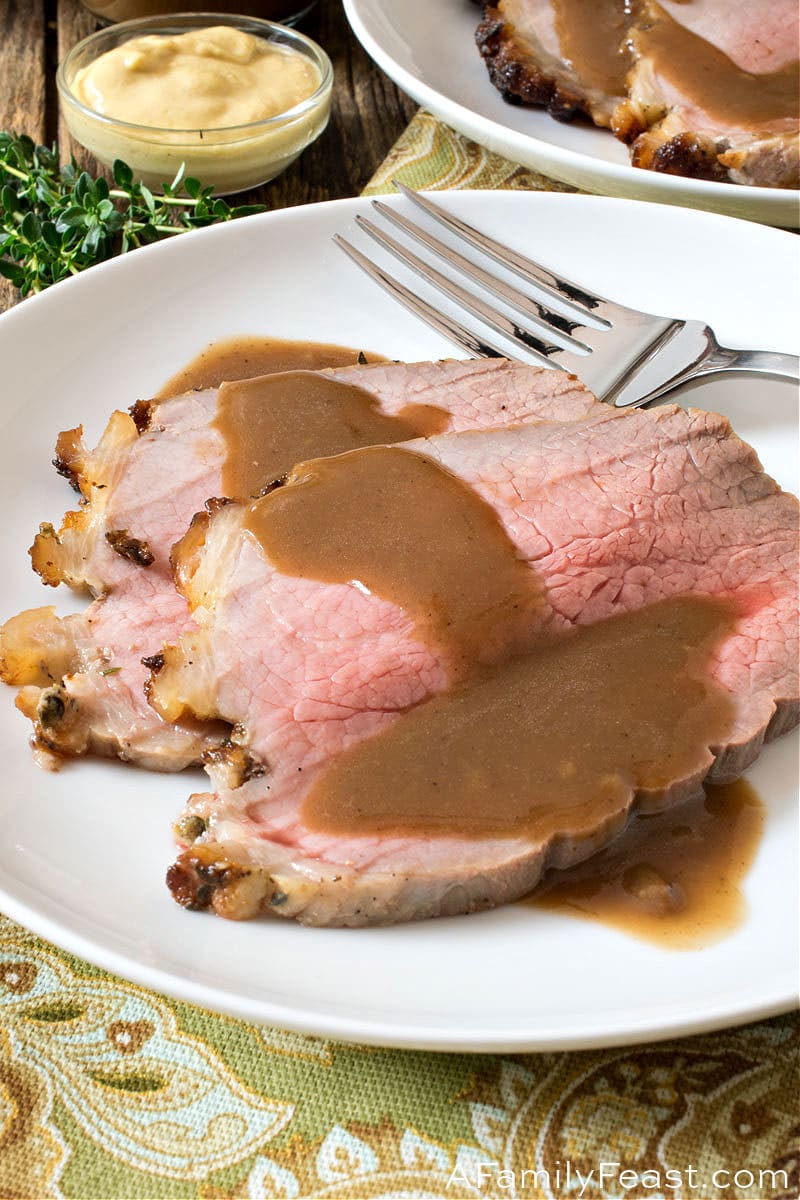
Serve with a simple pan sauce.
While it rests, make a simple pan sauce from the dripping in the bottom of the pan, some red wine, beef stock, butter, flour, gravy seasoning, and salt and pepper as needed.
Spoon the gravy over the slices of beef as you serve this delicious roast with Garlic Mashed Potatoes and Oven Roasted Brussels Sprouts with Bacon on the side.
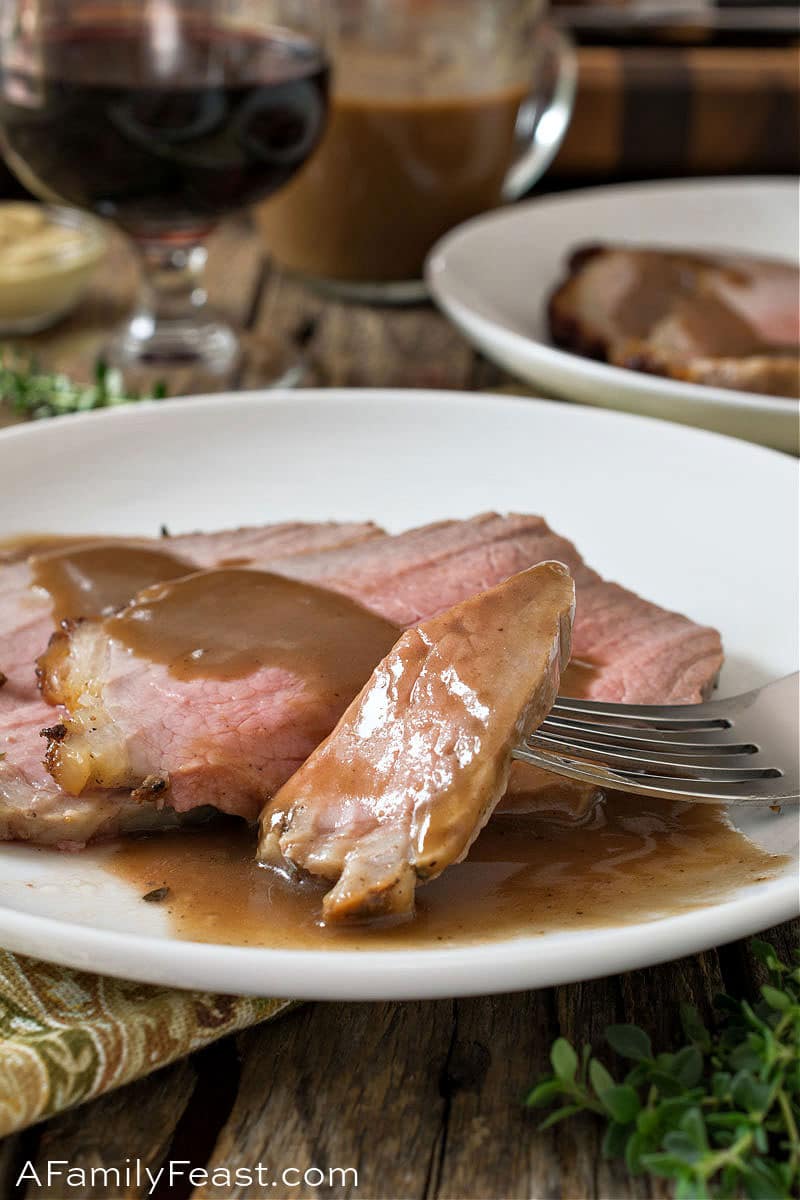
You may enjoy these other beef recipes:
We love seeing what you made! Tag us on Instagram at @afamilyfeast or hashtag #afamilyfeast so we can see your creations!
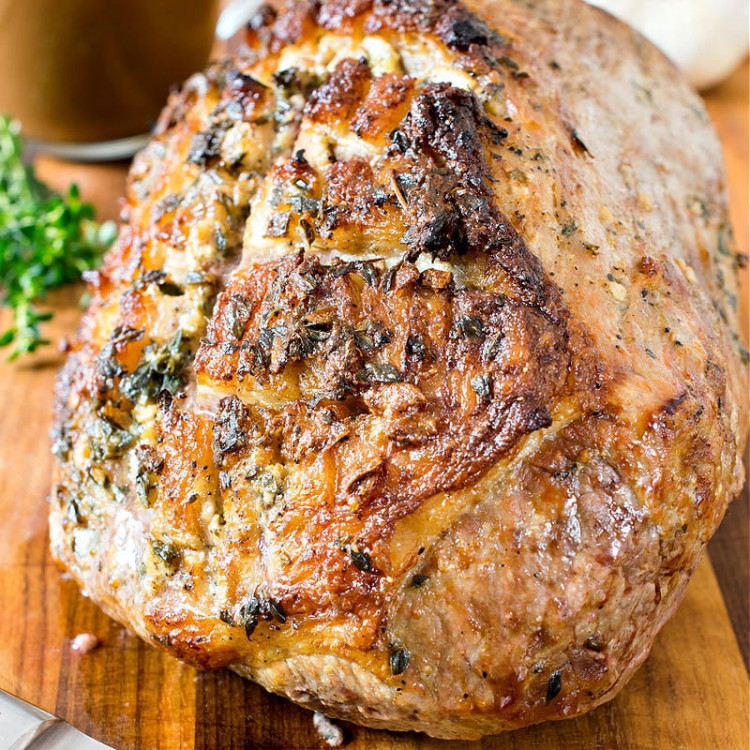
Eye of the Round Roast
Ingredients
Instructions
Cut cross hatch marks across the fat cap of the beef. If your roast does not have a fat cap, omit this step.
In a mortar with a pestle, place salt, pepper and garlic and mash to a paste. This can also be done on a cutting board pressing the edge of a knife blade across the garlic. The salt helps to mash it.
Mix in the thyme, mustard and one tablespoon of the oil and again, mash to a paste then smear all of the roast.
Place the roast in a gallon zip lock bag, press out the air and seal. Refrigerate for at least six hours or up to 24 hours.
2 ½ hours before serving, remove the roast from refrigeration and turn oven to 500 degrees F. Let roast sit at room temperature for 30 minutes before roasting.
Line a small sheet tray with foil for easy cleanup and place a small rack over the foil.
Remove the roast from the bag and place on the rack. Brush on the remaining tablespoon of oil.
Place in the oven for 25-30 minutes to sear. Should be browned and slightly crispy on outside.
Remove from the oven and insert a probe thermometer into center. (Normally we insert into the end but we wanted to show slices without a thermometer probe hole, so inserted through the top instead. Either way is fine.)
Lower oven temperature to 225 degrees F and place the roast back in the oven.
Set probe to alarm at 120 degrees F for medium rare. (Less time for rare, more for medium to well, see chart in notes.)
Once the roast reaches the desired internal temperature, remove from the oven but leave the probe in and tent the roast with foil to rest for 15-20 minutes. After it rests, you can remove the probe.
To make the pan sauce, scrape any drippings from the foil into a small sauce pan and heat. Once bubbling, add the wine and cook to evaporate. Add the stock and gravy color and heat to bubbling. Mix the softened butter and flour to form a paste (called a beurre manié), then add to the sauce pan and cook the sauce over medium low for ten minutes. Taste and season if needed with salt and pepper. Strain into a gravy boat.
After resting, slice the roast against the grain from one end to the other and serve with the pan sauce. Any juice that collected after resting can be added to the pan sauce.
Last Step! Please leave a review and rating letting us know how you liked this recipe! This helps our business thrive & continue providing free recipes.
Notes
Cooking Guide:
- Rare, remove at 115 degrees F and residual heat brings it to 120 degrees F
- Medium rare, 120 to 125
- Medium, 130 to 135
- Medium well, 140 to 145
- Well, 150 to 155
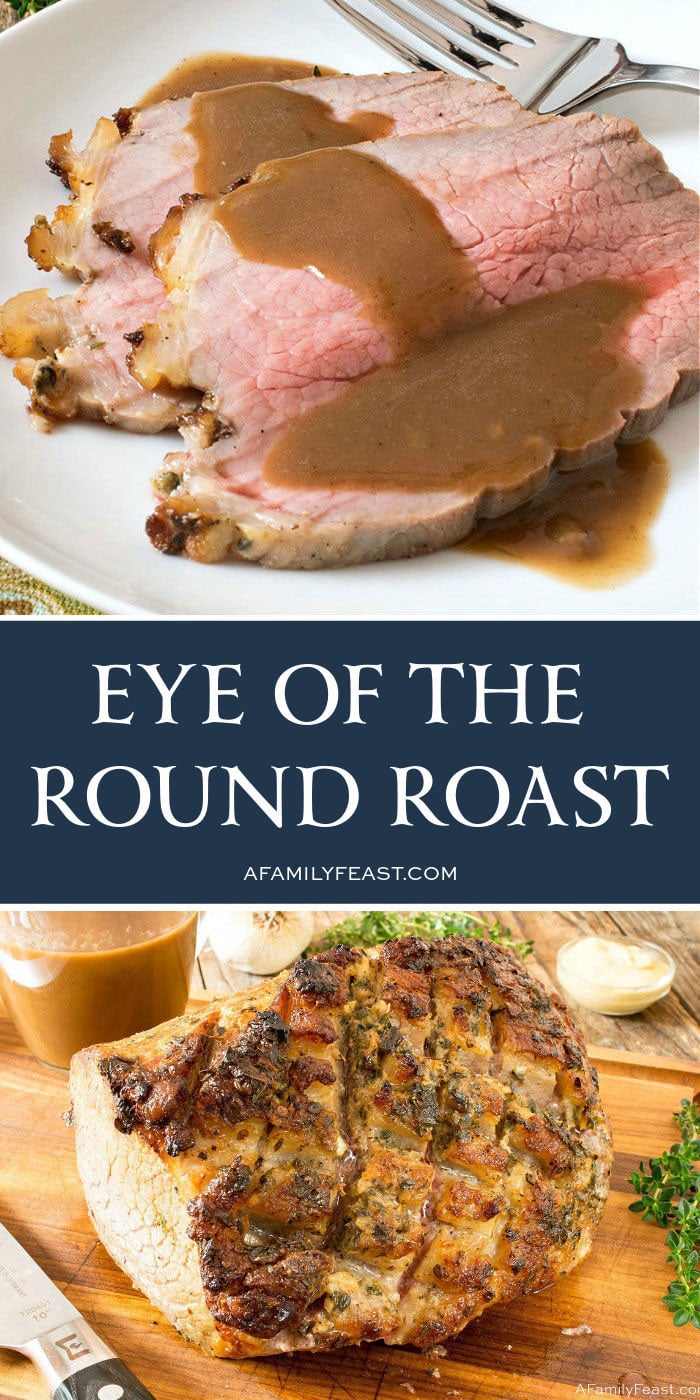
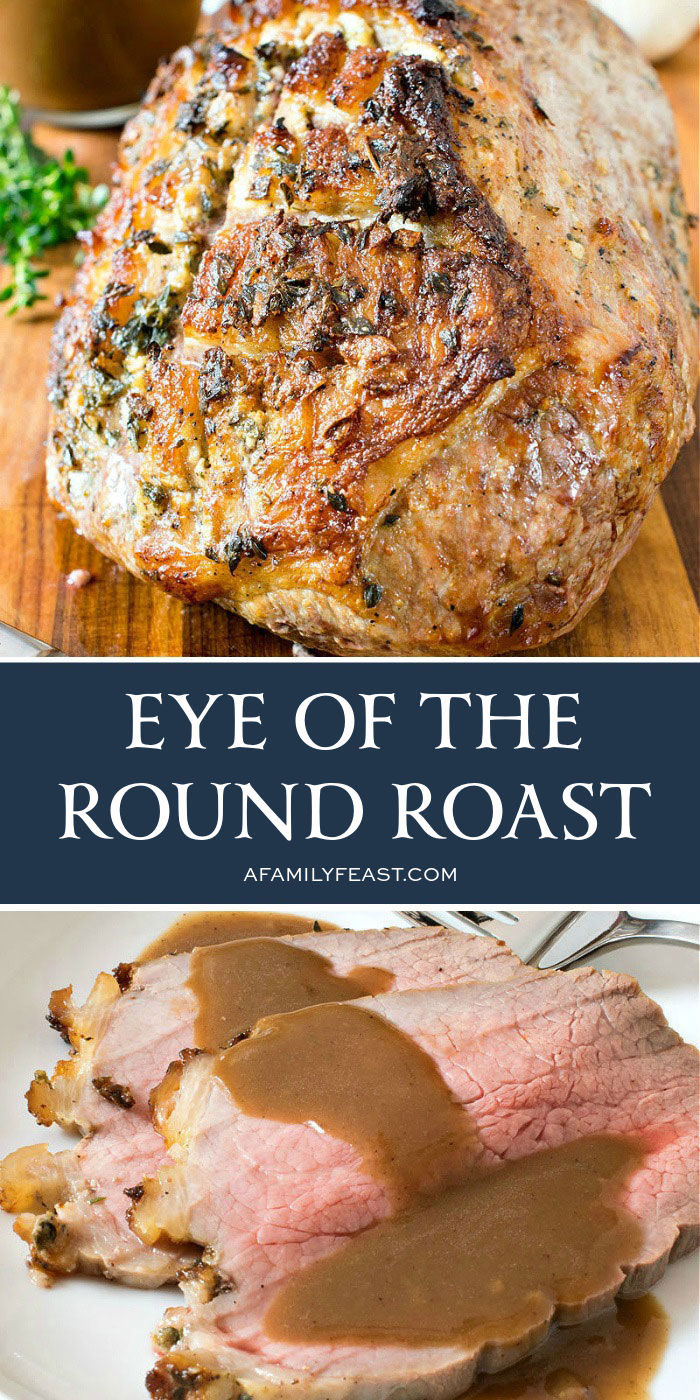
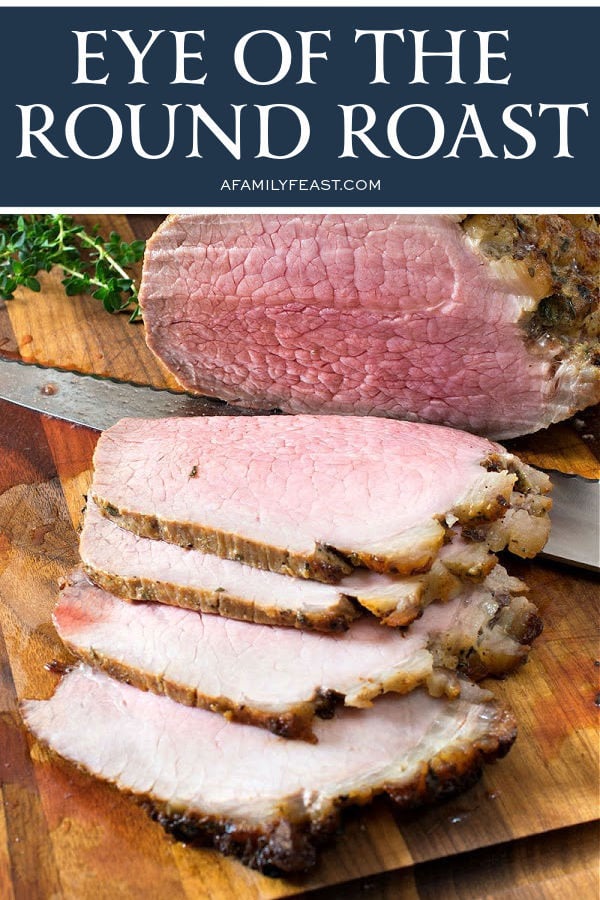
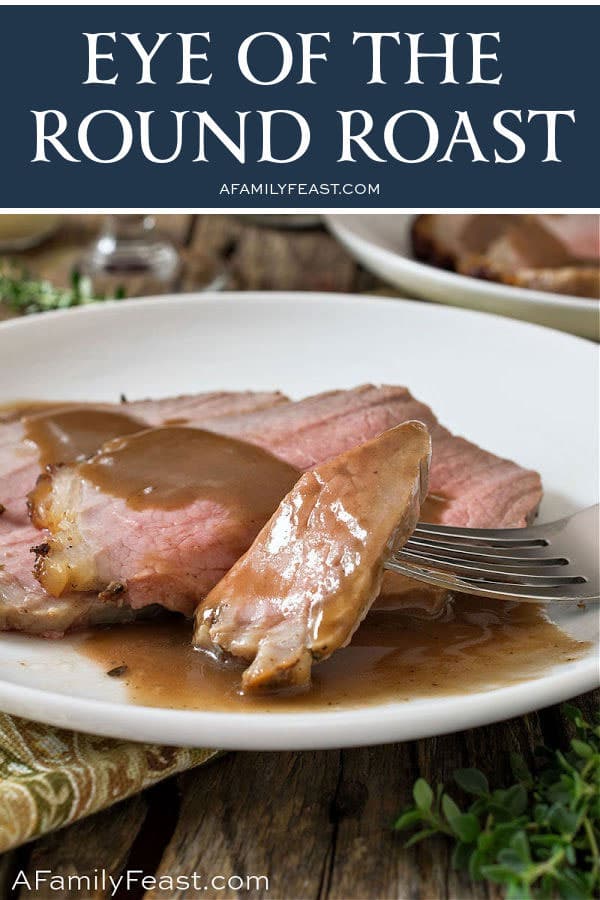
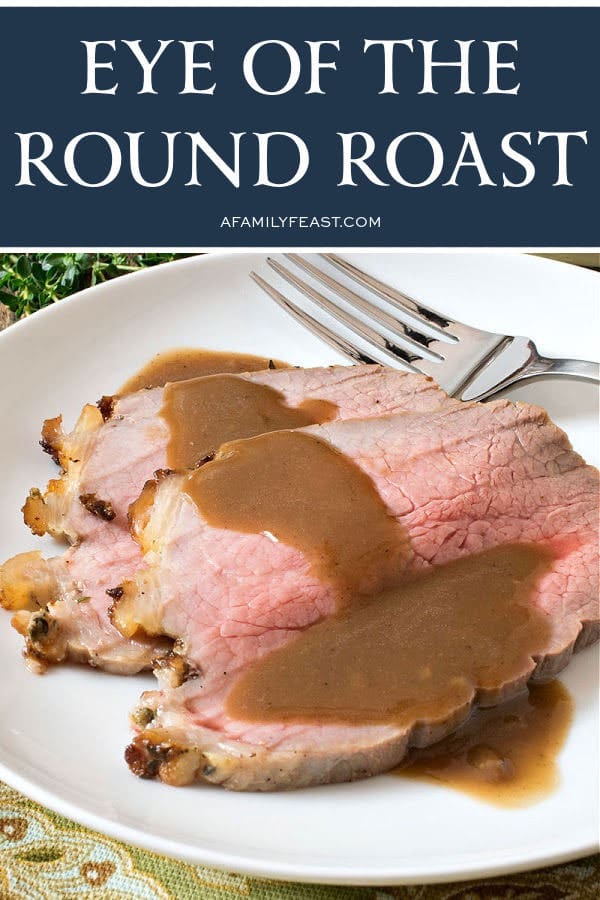
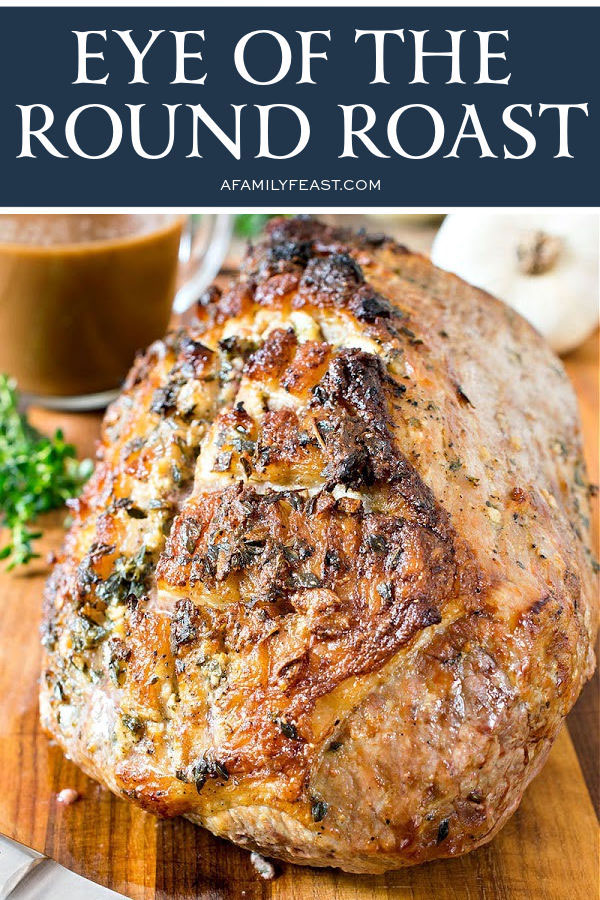

How could I add potatoes and carrots to this awesome dish?
Hi Sherry – We have lots of different carrot and potato recipes on our site. Just use the search bar in the upper corner. Or, roast the potatoes and carrots at the same time as you prepare the roast.
Thanks!
For figuring time we are going to eat approximately how long does it take to reach the 120 degree under the 225 setting. I need to know what time to put in oven.
Hi Rae – Without knowing what size roast you have on hand, you might note in the recipe, we suggest that you start the process about 2 1/2 hours before serving for a 4 pound roast. That includes time to allow the roast to come up to room temp, the searing step – after that will leave a range of an hour to an hour and half in the oven, plus time to rest afterwards. Every oven is different and roasts differently so we strongly suggest investing in a probe thermometer (they are not expensive) to achieve the exact internal temp/level of doneness you prefer – exact roasting time would be a guess on our part.
What do you do if you don’t have an oven probe?
Hi Christen – A probe thermometer really is the best way to know for sure when your roast is at the level of doneness. There are time/baking temp charts online (try the Certified Angus Beef website) that you could use for some general roasting time guidelines.
I’m just wondering how long for 2 1/2 pound roast approximately
Hi Joanne – As mentioned in the post, we strongly encourage you to go by internal temperature (using a probe thermometer) to achieve the level of rareness you’d like to reach when cooking your roast. Timing would just be a guess on our part.
It was delicious! Thanks so much.
You’re welcome – glad you enjoyed the roast Karri!